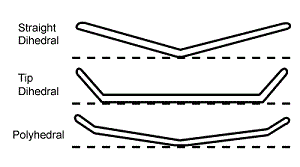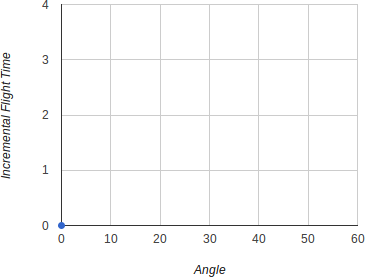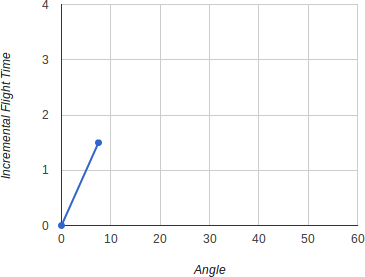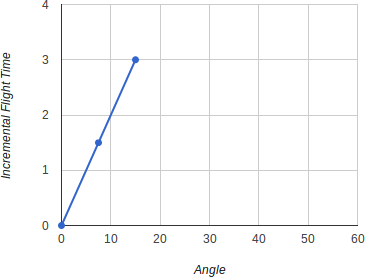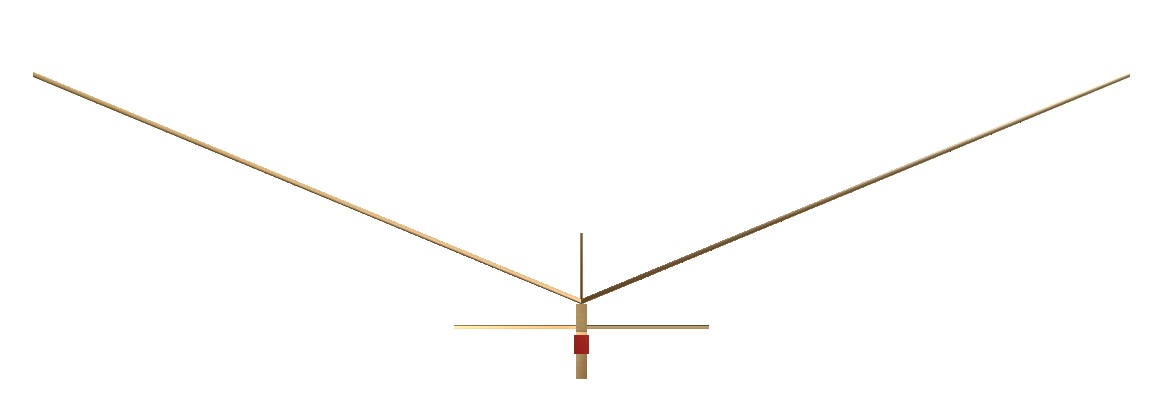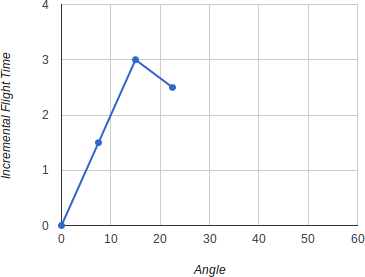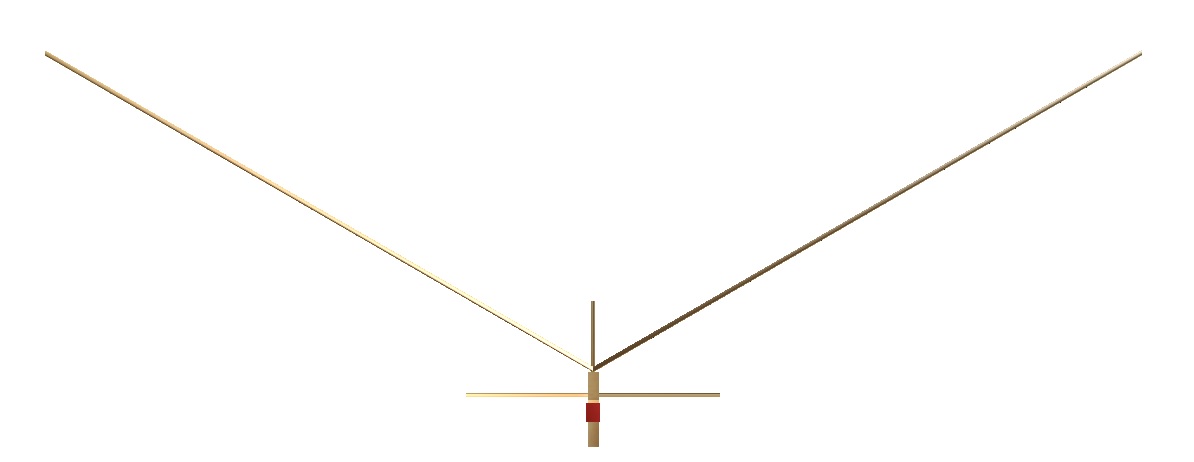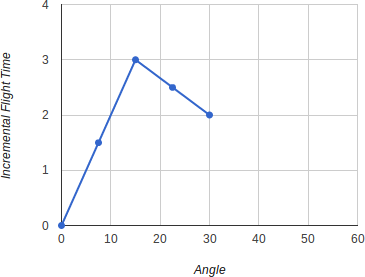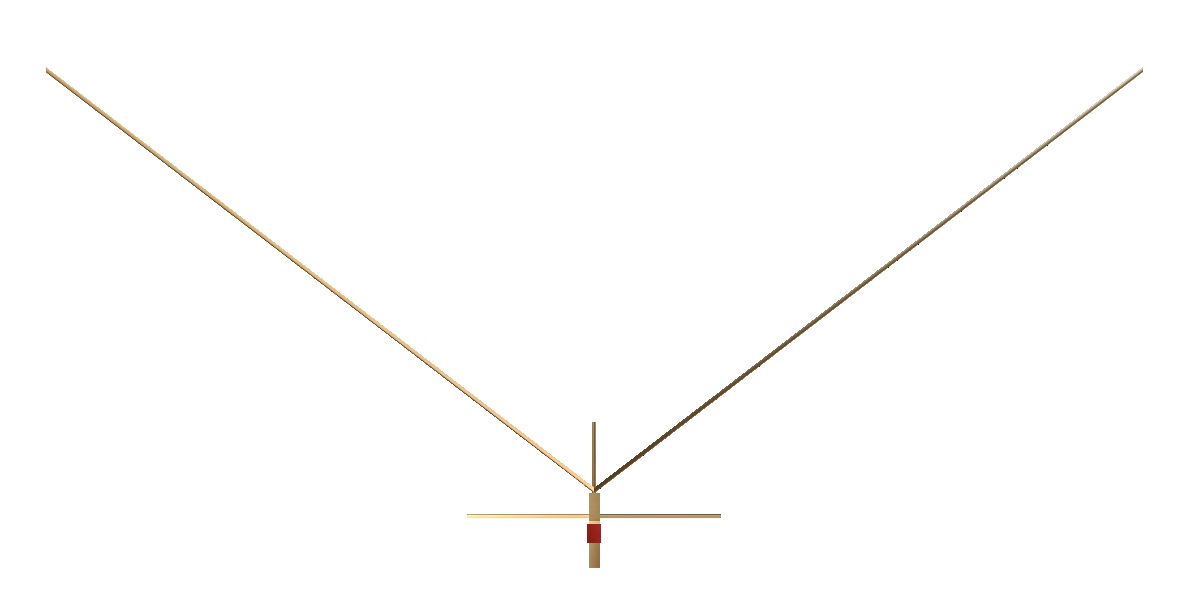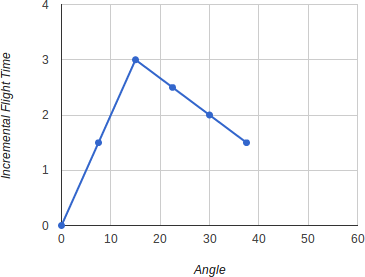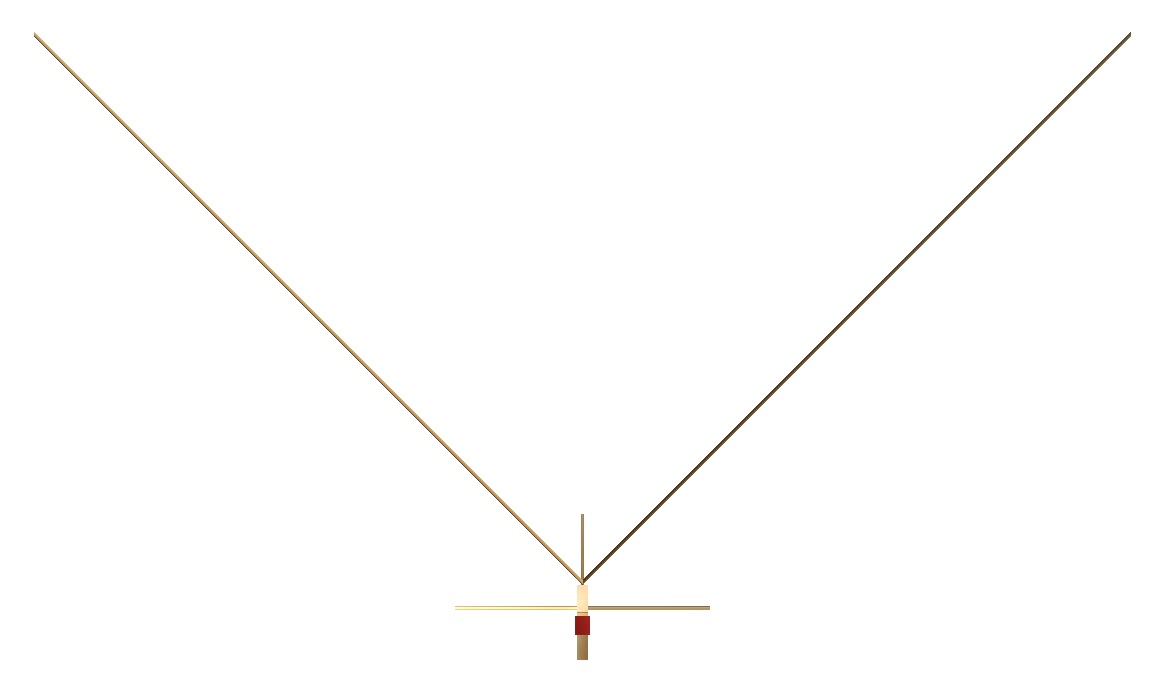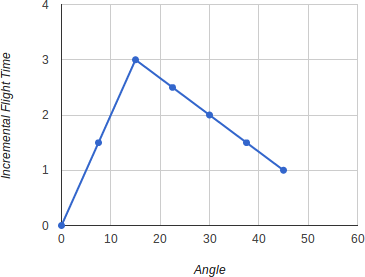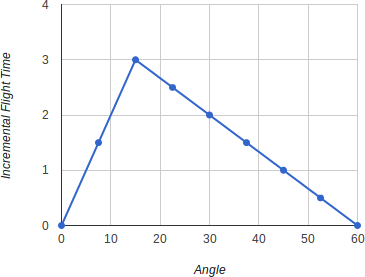Roll (Lateral) Stability
Have you seen a stunt plane roll so that the belly of the plane turns up? Then it rolls again so the plane is belly down like it should be. Change in the roll axis could occur (for example) by a gust of wind coming up from below the aircraft, but only "catching" the underside of the right (or left) wing. This would effectively increase the angle of attack on one wing only, causing the aircraft to "roll". So, what would cause the aircraft to return to its original orientation – or level flight? The aircraft must be designed for this potential occurrence, and proper design requires that you understand dihedral and its effect on roll, or lateral stability.
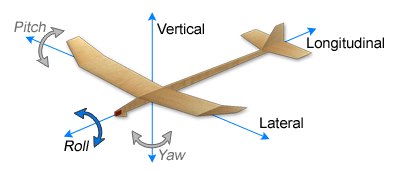
The Roll Axis
In geometry, a dihedral is the angle between two planes as illustrated below. On a glider, the dihedral is the angle or angles that wings have as they incline upward towards the end of the wings.
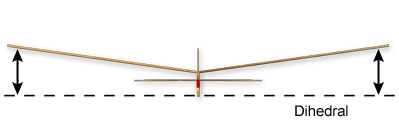
There may only be one dihedral angle that starts where the wings meet the fuselage. This is referred to as straight dihedral. Tip dihedral and polyhedral are two other common configurations. All three are illustrated below.
When the glider's flight pattern becomes upset in the roll axis, one wing will be higher than the other. If the glider has been designed with dihedral, the lower wing will now have more surface area when viewed from above. Recall from the section on lift that this "planar surface area" (or surface area as viewed from above) is directly proportional to lift. So if one wing has more planar surface area than the other, then it will also have more lift. As a result, when the gust of wind stops, this added lift will cause the aircraft to roll back towards its original, stable position.
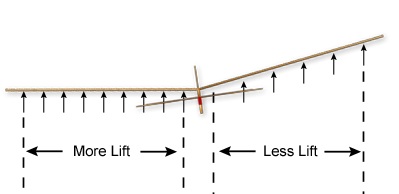
The low wing often moves up too far, past horizontal, and then the opposite wing now goes down. The process repeats itself, each time with decreasing lateral oscillation until a balance occurs and level flight resumes. This "rolling" effect is similar to adding an object of the same weight to the other side of a scale — it will move back and forth like a pendulum until it balances itself.

Without dihedral, an aircraft cannot be inherently stable. However, it is important to note that an excessive amount of dihedral will cause your glider to "rock" back and forth, but never properly "roll". The glider may be so "stable" that it resists any intentional rolling motion. It will simply continue trying to correct itself, rocking back and forth, and therefore losing efficiency and performance.
An effective dihedral angle is a critical design factor for your balsa wood glider. Too much or too little dihedral will result in reduced flight times. Work through the following "experiment" by clicking the "Next" button and see if you can determine an effective dihedral angle for your design.
